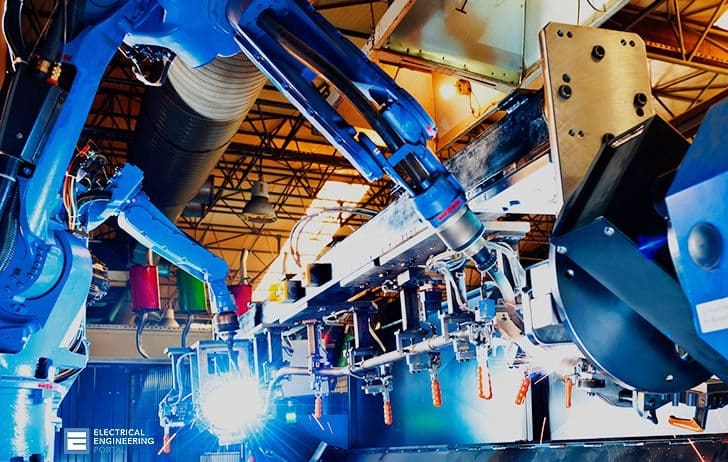Automated manufacturing is a manufacturing method that relies on the use of computerized control systems to run equipment in a facility where products are produced.
Types of automated manufacturing systems.
According to the physical arrangement there are four kinds of classical manufacturing systems and two modern manufacturing systems that is rapidly gaining acceptance in industries.
The classical systems are 1.
Numerically controlled nc equipment industrial automated robots flexible manufacturing systems fms and computer aided manufacturing cam are all types of automation that industries implement into their factories.
1 fixed automation 2 programmable automation and 3 flexible automation.
Numerically controlled machines also known as computerized numerical controlled cnc machines they control manufacturing operations by acquiring and calculating the manufacturing process variables.
These automation systems also make use of computers to plan design and layout the various products.
Automated machines have been seamlessly integrated into countless industries with several.
Three types of automation in production can be distinguished.
Human operators are not needed on the assembly line or manufacturing floor because the system is able to handle both the mechanical work and the scheduling of manufacturing tasks.
There are certain types of industrial automation systems as well.
To many people automation means manufacturing automation.
Automated production systems can be classified into three basic types.
Human operators enter high level commands in the form of computer codes that identify products and their location in the system s sequence to trigger automatic lower level changes.
Flexible automation systems are utilized in computer controlled flexible manufacturing systems.
An artificial neural network is a mathematical or computational model whose rhythms mimic.
In this section the types of automation are defined and examples of automated systems used in manufacturing are described.
Types of manufacturing systems the manufacturing systems differ in structure or physical arrangement.




























